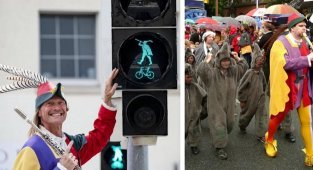The legend of Sleepy Hollow and the Headless Horseman is famous in both history and culture. TV series and films have been made based on it. 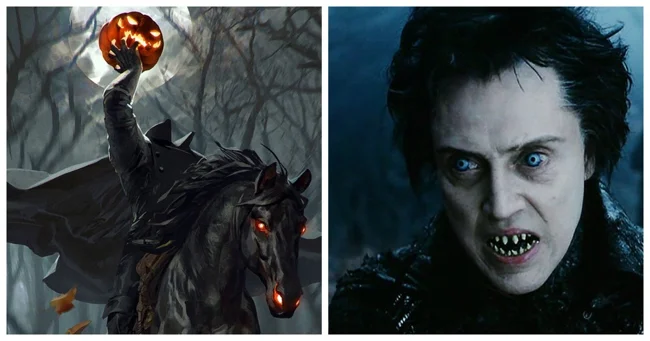
But behind the Hollywood fantasies lies a wealth of history, from the Boston Tea Party to Benjamin Franklin's obsession with electricity and the weather. 
But the basis of all stories, films and TV series is the tale of the Headless Horseman based on the story by Washington Irving “The Legend of Sleepy Hollow”. Is there at least some truth in it?
Legend 
Washington Irving
The action takes place on the eastern bank of the Hudson River in New York State. The town where everything happens is located about 5 kilometers from Tarrytown and is called Sleepy Hollow.
It is said that the city got its name because of its atmosphere and supernatural occurrences. It is believed that witches and other otherworldly creatures live there. One of the most terrifying was the Headless Horseman. 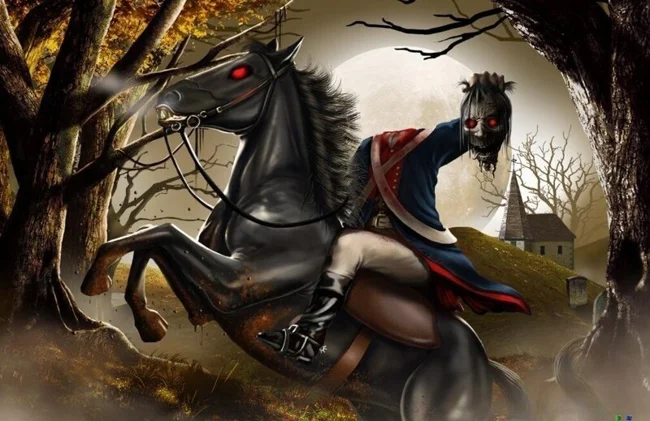
According to legend, he was a Hessian soldier, a German, who served in the British army. He was seen only in the distance and only at night.
At the center of the story is the main character, a local school teacher named Ichabod Crane, who has a strange character.
Irving describes this character as a tall, narrow-shouldered man. He looks a lot like a scarecrow that escaped from a cornfield. His complete opposite is the other main character, Abraham Van Brunt, who is attractive and charming. 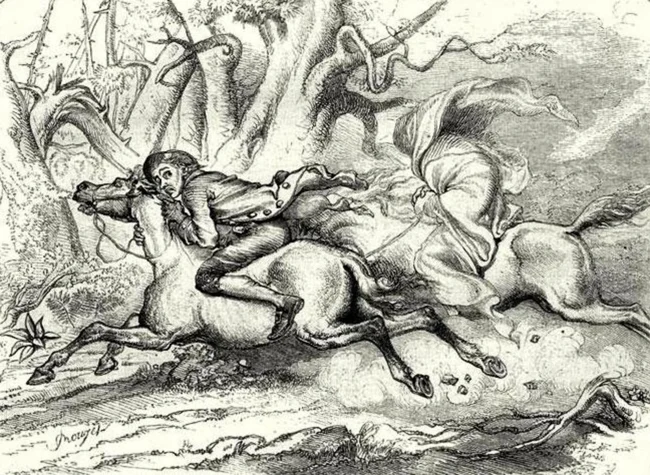
Crane ends up at a party thrown by local beauty Katrina Van Tassel, whom he tries to woo. All residents of the city are present at the party. And they all share stories with each other about ghosts and other horrors, chief among which is the Headless Horseman.
Many people tell stories about the Horseman who hides in the cemetery in the churchyard. Crane's attempt to woo the girl failed, and she chose to leave with Abraham Van Brunt. Crane leaves the party sad, and when he returns home, the Headless Horseman appears in front of him and forces him to flee.
The next morning, Ichabod's horse returned, but without its rider. When the teacher did not show up at school, the townspeople began to worry. Crane never appears again. His fate remained unknown, and everyone represents it one way or another at their own discretion. It is possible that the cause of the disappearance was supernatural forces. But the Horseman could well have been Brant, who eliminated his rival and married a rich heiress.
Irish myth 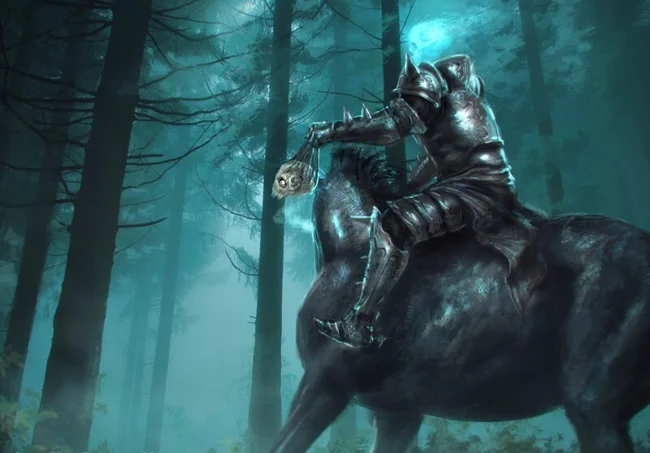
Dullahan image
The story of the Headless Horseman probably has its roots in a much older and more terrifying phenomenon native to Irish culture. This is Durahan or Dullahan or Gan Tsann. All these are the names of an Irish mythological creature that appears in the form of a headless horseman on a black horse.
When he gallops at night, he carries his head in his raised hand. Since the 12th century, it has been believed to be an incarnation of the Celtic god of the harvest, Crom Dubh.
He is always depicted as the Headless Horseman on a black horse. His mouth is twisted in a creepy grin. The eyes are constantly moving to see anything and everything.
The head itself looks like a head of moldy cheese. The Dullahan uses a human spine as a whip.
The Irish believed that if God stopped, then the person next to him was doomed and would soon die. If he shouted out a person’s name, he took his soul, and he died. The only way to defeat him is to craft special golden objects that will make the monster disappear.
Is there any truth? 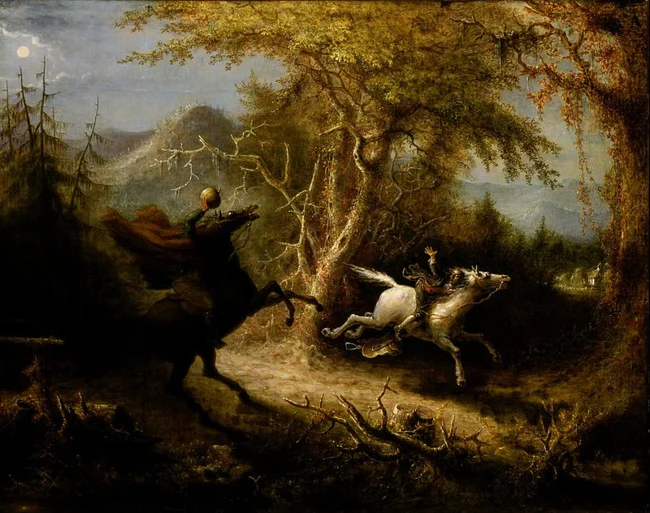
John Quidor "The Headless Horseman Pursues Ichabod Crane" (1858)
Irving wrote that his story was based on local folklore, which centered on the ghost of a Hessian soldier who was beheaded in a battle outside the city. But there is another version: the story was told by Dutch settlers, who talked about a mad hunter who chased people at night in the forest.
What gives credibility to this story is the fact that a man named Ichabod Crane was actually discovered in the archives. He was born in New Jersey in 1787 and served as a soldier in New York. Washington Irving is said to have met him and found him interesting enough to give his name to his character. And the prototype was a real school teacher whom Irving met in Kinderhook. 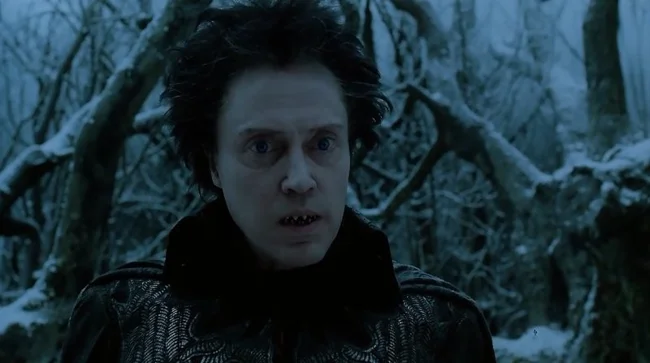
Christopher Walken as the Headless Horseman in Sleepy Hollow
Thus, there was a real Ichabod Crane. And there is also a possibility that a Hessian soldier who fell behind his squad got lost in the local forests. The locals could have dealt with him, and the ghost wanted revenge. 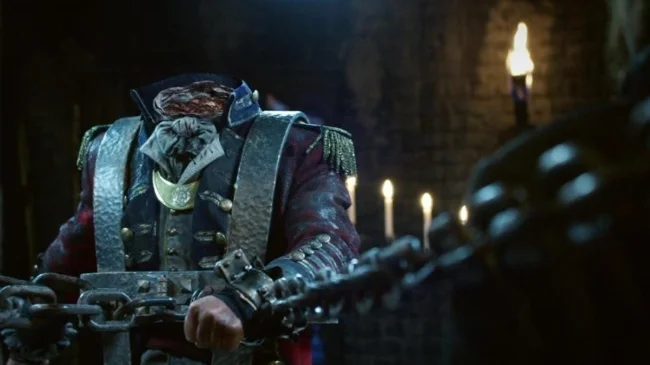
Still from the series "Sleepy Hollow"
Irving's story "The Legend of Sleepy Hollow" is another example of a work in which real people and historical facts are closely intertwined with ancient legends and superstitions. Therefore, it will not be possible to understand exactly where is truth and where is fiction. Yes, in general, it’s not necessary.
0 comments
